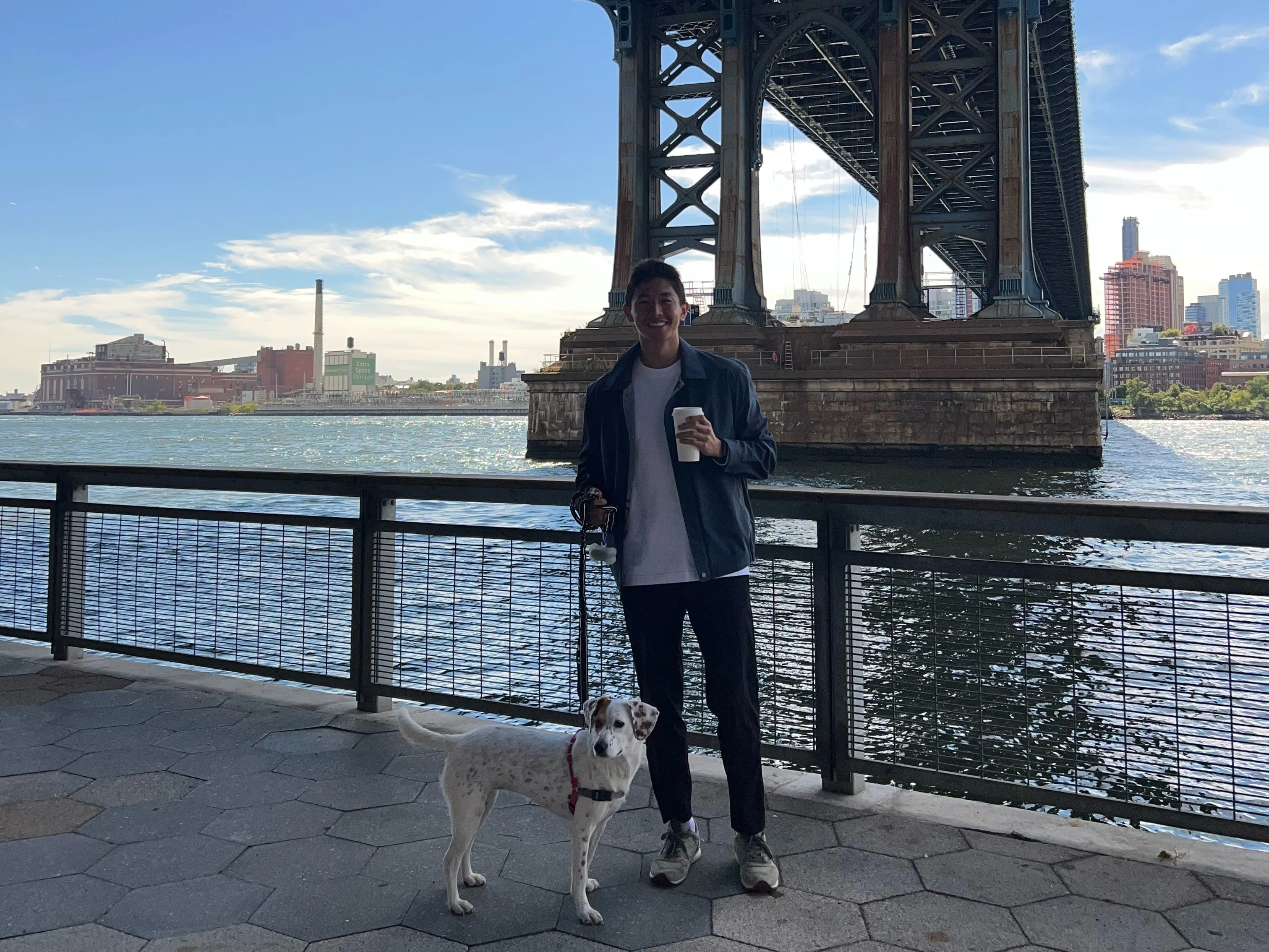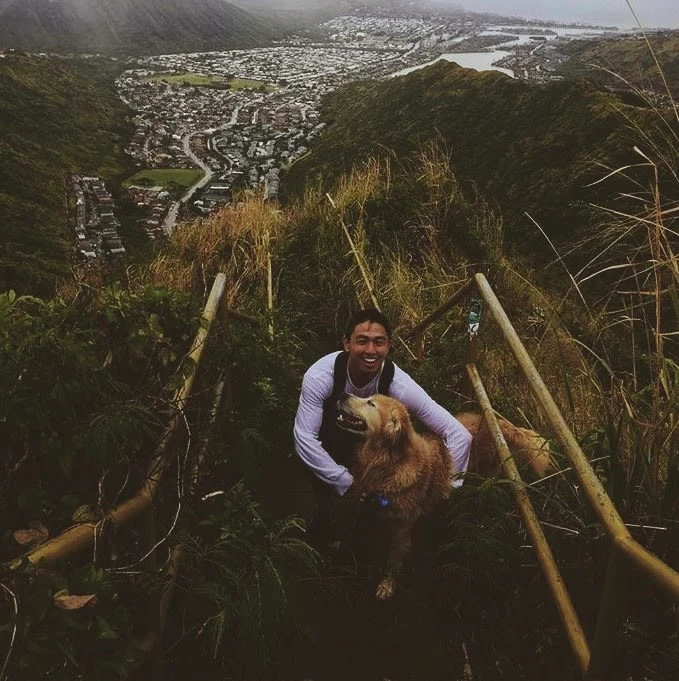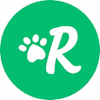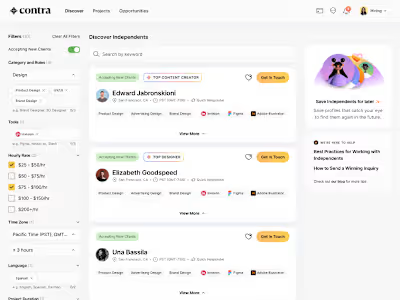Getting Started on Rover
How to integrate yourself in the dog-sitting scene in NYC

Preface
Growing up in Hawaii, I've always had a dog in my life. A big part of my daily routine (and one of my favorite parts about going back) was seeing my dog, Kale, and joining my mom for the post-work walk to catch up on all the different things going on in our lives.

Moving across the country, I knew my daily routine and lifestyle would be drastically different, but something that has provided comfort, normalcy, and helped me to acclimate to a new city was starting as a dogwalker/sitter on Rover.
Why Should I Dogsit?
Companionship
When I first moved to New York this past winter, I was aware of all of the benefits of living in a city like NYC, but what I wasn't prepared for was how lonely it can feel at times - especially when you're brand new to the area and just starting to build your network.
On top of that, I was also starting a new job that was fully remote. Remote work obviously has tons of benefits (namely the location flexibility), but something that I found myself missing was that aspect of interaction and companionship throughout the day. Dogsitting helped me to adjust to this because I now had someone to hang out with, and a forcing function to step outside once every few hours for a short walk.
Side Income
While this wasn't my primary motivation for getting started, the extra cash is definitely a nice benefit. Once you establish yourself on the platform, this is the type of earning potential you can expect in NYC:
Sitting: $50-$100+/night (dependent on puppy vs adult, pickup/dropoff offered, holiday, length of stay, etc.)
Walking: $20-$40/walk (dependent on puppy vs adult, length of walk, holiday, etc.)
However, something to keep in mind is that Rover will take 20% of this as their cut for driving Clients to you and providing payment/cancellation protection.
Exploring the City
Lastly, dogsitting gave me an excuse to walk around the city, stumble upon parks, restaurants, and other really interesting spots that I might've never discovered otherwise.
Getting Started on Rover
This is often the hardest part with any platform, and there aren't many great resources out there on how to start getting Clients/traction on Rover. Here are some of the things I did to find success early on:
Price Yourself Accurately
While this may seem intuitive, put yourself in the shoes of the Client. How would you feel if you came across a profile with no verified reviews and ratings? It's human nature to feel uncomfortable with the unknown.
To find the right starting price point, I did a quick search for sitters in my area. After browsing the first 2 pages of results, I took the lowest rate of those with at least 1+ review and set my rate $5/night lower. I saw that the most affordable sitters in my area were charging about $30/night, so I set my rate to $25/night. Again this isn't meant to be permanent, but you need to gain some experience and trust before you can justify raising this price.
I would recommend following this process to set your initial rate as the pricing may vary by market.
Add Relevant Photos
Find as many photos as you can with dogs (even if it's just a friend's dog). This shows familiarity with different dogs which can give the owner some peace of mind. Personally, I found that profiles with photos of 1 dog felt less-trustworthy as that might be a family dog where the care responsibilities are split.
I would recommend adding at least 7-10 photos.
Source Reviews/References
Rover actually requests that you add personal references to vouch on your behalf. While these don't hold a ton of weight (since they're unverified), anything looks better than 0 reviews
I would recommend getting 3-4 friends to write a review on your behalf.
Best Practices
Keep Your Calendar Updated
Keeping your calendar up-to-date builds trusts with Clients that when you show up in results, you're actually available. Most importantly, updating your calendar on a weekly basis will ensure that you don't need to reject requests which can hurt your search ranking.
Respond to Requests Quickly
In unison with the above ^, Clients move fast when it comes to booking. If it takes longer than 5-10 minutes for you to respond to the initial request, Clients may have already moved on to the next sitter. An added benefit of responding quickly is that you will receive a badge on your profile stating that you "usually respond within a few minutes".
Ask Questions Upfront
From personal experience, not every dog/owner is going to be a good fit (and that's alright!). Make sure you ask questions upfront that will help you to identify if this situation is going to be a good fit for you. Here are some that I routinely ask:
Does he/she have any specific food allergies or things to avoid? (trust me, you don't want to deal with a pup having diarrhea)
How is he/she with being away from you for an extended amount of time? Is there anything that you've seen work to alleviate that?
I may need to run errands/step out during the week. How is he/she with being home alone for a few hours? (This is the most important question for me. If the dog can't be alone, you'll need to make sure you're ok with either staying in or modifying your day to take them with you wherever you go)
Take Breaks
As fun as dogsitting is, it's important to also save time for yourself. It's easy to get caught up in accepting every request that comes your way, especially once you've gotten a few positive reviews under your belt and you see the volume start to pick up.
If you've read this far, I hope you found something in here helpful - and if you're ever looking for a dogsitter in the NYC area, you can find me here.
Like this project
Posted Oct 6, 2022
POV of my first year as a rover sitter/walker in NYC






